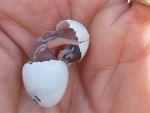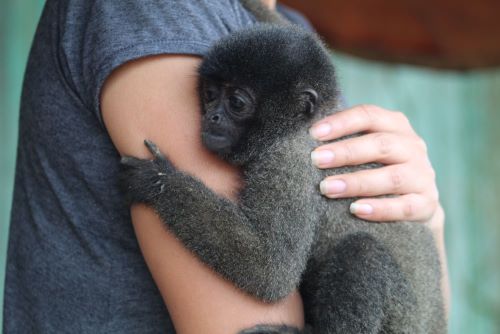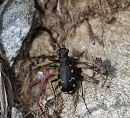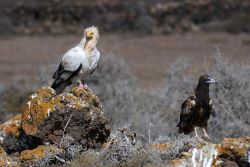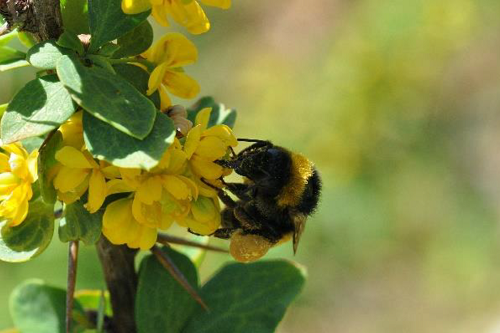Insect-mediated pollination is fundamental for terrestrial ecosystems as well as for crop production. However, bee populations are declining as a consequence of different global change pressures. Even though these pressures do not act in isolation, their interactive effects have received less attention.
Through a cross-treatment field experiment with Bombus terrestris colonies, an EBD research team analysed the joint effect of climate warming, exposure to pesticides and landscape transformation on bumblebee development variables related to individual and colony fitness.
The results show that an average increase of 1.62°C in the presence of high resource availability in the landscape increases the number of individuals of all colony castes. However, temperature increase is only favourable when foraging resources are not limiting. This is partly because under elevated temperatures, colonies can develop faster but also need to invest more in wax and silk material to protect the offspring and to cool the colony. A decrease in the number of male production with exposure to pesticides was also found.
At the individual level, colonies exposed to increased temperatures produced larger queens and workers, and at the same time, all castes presented less variability in body size. In addition, a reduction was observed in queen size with increasing resource availability.
This experiment indicates that the interaction between global change pressures can be non-additive and that colony-level emergent properties of social species could buffer some of the individual impacts of these pressures. Hence, it is necessary to consider not only the joint effects of global change pressures but also the plasticity of the organisms' responses. This would help us to predict how populations will respond to these stressors in a complex real world and how species life-history traits could modulate their adverse effects through complex phenotypic plastic responses.
outreach[at]ebd.csic.es
Reference: Zaragoza et al. Interactions among global change pressures act in a non?additive way on bumblebee individuals and colonies. Functional Ecology. 2020 https://doi.org/10.1111/1365-2435.13703
https://besjournals.onlinelibrary.wiley.com/doi/10.1111/1365-2435.13703

 Las altas temperaturas están provocando que las lagunas y las marismas de Doñana pierdan agua rápidamente
Las altas temperaturas están provocando que las lagunas y las marismas de Doñana pierdan agua rápidamente
